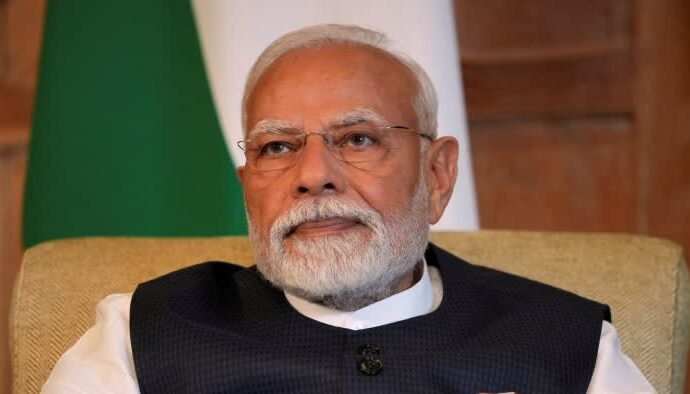Unlock the Editor’s Digest for free
Roula Khalaf, Editor of the FT, selects her favourite stories in this weekly newsletter.
India’s central bank held its key interest rate as Donald Trump’s planned increase to tariffs on the country’s exports to the US threatens to send its economy into turmoil.
The Reserve Bank of India’s decision on Wednesday to keep the repo rate at 5.5 per cent was in line with most economists’ expectations. The central bank cut the rate by a higher than expected half percentage point in June to boost economic growth, taking the total reduction since the start of the year to 1 percentage point.
Trump last week imposed a 25 per cent tariff on imports from India, a higher level than faced by many regional peers, after prime minister Narendra Modi’s government failed to conclude a trade deal with Washington ahead of the US president’s August 1 deadline.
The US president has since threatened to announce additional levies on India as early as Wednesday to punish New Delhi for importing cheap Russian oil, as he excoriated the country’s “dead” economy.
The central bank decided to hold the rate as “the uncertainties of tariffs are still evolving, monetary policy transmission is still continuing [and] the impact of the 100 basis-point rate cut since February 2025 on the broader economy is still unfolding”, RBI governor Sanjay Malhotra said on Wednesday.
The RBI also chose to stick to its 6.5 per cent growth projection for GDP for the fiscal year ending next March. “Headwinds emanating from prolonged geopolitical tensions . . . persisting global uncertainties and volatility in global financial markets pose risks to the growth outlook,” Malhotra said.
However India’s inflation rate has continued to ease, falling to a six-year low of 2.1 per cent in June.
As the country prepares itself for further tariffs the central bank has been selling dollars, according to multiple people familiar with the matter, to curb the pressure on the rupee, which has been trading close to record lows.
“It’s obvious the RBI is intervening to curb the volatility,” said one Mumbai banker. The central bank did not respond to a request for comment.
Dilip Parmar, senior research analyst at HDFC Securities, said that “caution persists” around the currency “amid ongoing foreign fund outflows and trade uncertainties”.
Those factors, along with a range of economic indicators slipping into single-digit growth, including credit growth, exports, and corporate earnings, signal weakness in the economy and strengthen the case for further rate cuts, according to analysts at Nuvama Institutional Equities.


